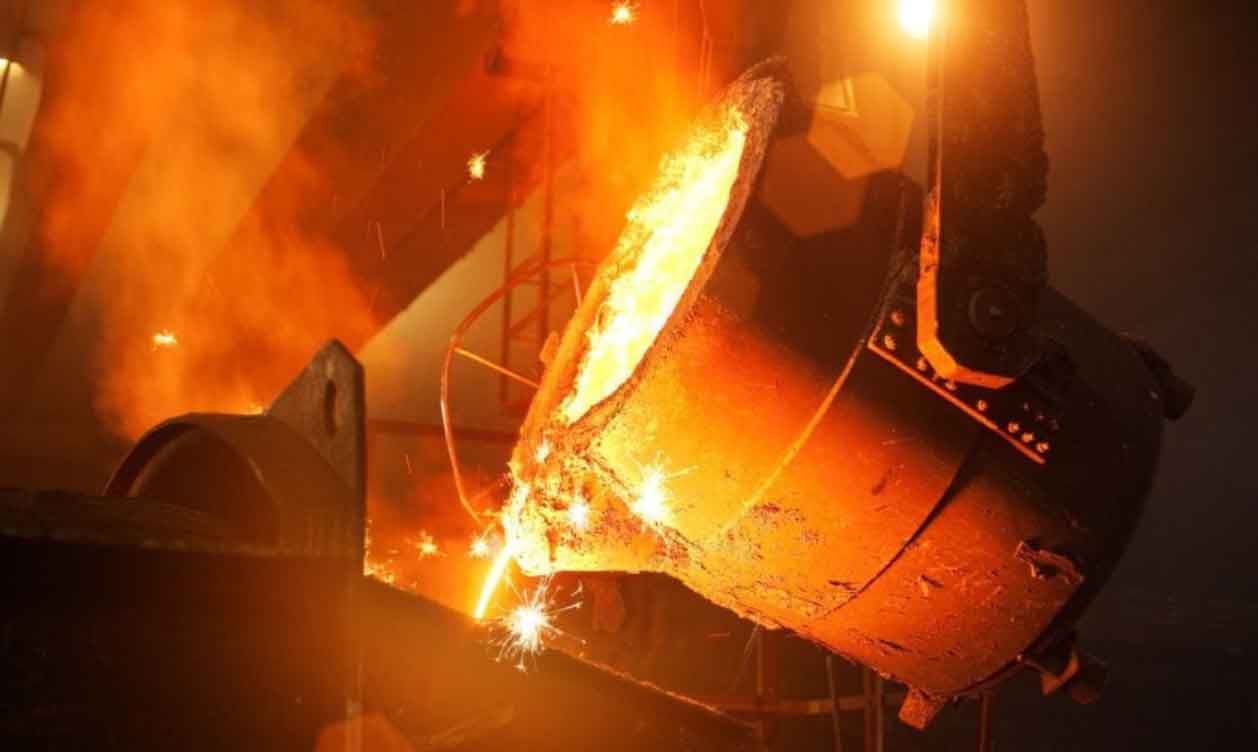
Precision and quality are paramount in steel casting to ensure the production of complex and reliable parts. Achieving high precision and maintaining excellent quality throughout the casting process involves several key factors and meticulous attention to detail. Let’s explore the essential aspects that contribute to precision and quality in steel casting:
1. Design and Tooling:
The design of the casting and the tooling used in the process play a crucial role in achieving precision and quality. Careful consideration should be given to factors such as dimensional accuracy, part complexity, gating and risering systems, and material flow. Well-designed molds, cores, and gating systems help ensure proper filling, solidification, and dimensional control of the casting.
2. Pattern and Mold Making:
The pattern used to create the mold should accurately represent the desired shape of the final casting. Attention to detail during pattern making is critical to ensure proper dimensions, surface finish, and tolerances. Likewise, mold making requires precision in creating the mold cavity, ensuring accurate replication of the pattern and allowing for proper shrinkage during solidification.
3. Material Control:
Maintaining strict control over the composition and quality of the molten metal is essential. The use of high-quality raw materials, precise alloying techniques, and proper temperature control during melting help ensure consistent and reliable metallurgical properties in the final casting. Regular quality checks and testing of the molten metal help identify and address any deviations or impurities.
4. Pouring and Solidification:
The pouring process requires skill and precision to achieve uniform filling of the mold and minimize defects such as porosity, shrinkage, or misruns. Proper gating and risering systems are designed to ensure smooth and controlled flow of molten metal. The cooling and solidification process should be carefully managed to prevent the formation of internal stresses and ensure uniform solidification throughout the casting.
5. Heat Treatment and Post-Casting Processes:
Heat treatment processes, such as annealing or quenching and tempering, may be employed to enhance the mechanical properties and dimensional stability of the casting. Post-casting processes like machining, surface finishing, and inspection also contribute to precision and quality by refining the dimensions, surface quality, and ensuring adherence to specifications.
6. Inspection and Quality Control:
Throughout the steel casting process, thorough inspection and quality control measures are implemented to identify and rectify any deviations or defects. Non-destructive testing techniques, such as visual inspection, X-ray examination, ultrasonic testing, and dimensional checks, are employed to ensure the integrity and quality of the castings. Any non-conforming parts are identified, and necessary corrective actions are taken.
7. Process Optimization and Continuous Improvement:
Steel casting foundries continuously strive to optimize their processes and improve quality. Advanced technologies, computer simulations, and data analysis techniques are employed to enhance process control, minimize defects, and improve overall casting performance. Feedback from inspections, customer feedback, and lessons learned are used to implement corrective actions and drive continuous improvement.
By paying meticulous attention to these factors and implementing robust quality control measures, steel casting can achieve the precision and quality necessary to produce complex and reliable parts. The combination of design expertise, material control, process optimization, and rigorous inspection ensures that steel castings meet the required specifications, dimensional accuracy, and mechanical properties for various demanding applications.
